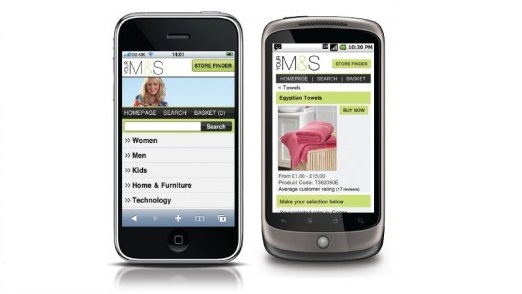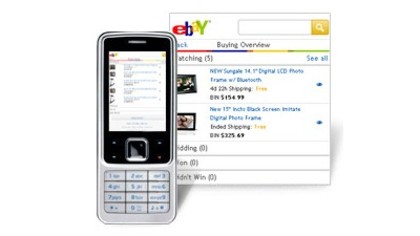Beginner's guide to marketing to a mobile audience
How to get your marketing message to a mobile audience

Mobile commerce (m-commerce) is set to eclipse even the Internet over the next 12 months. A recent survey suggested that the UK now has over 20 million m-commerce users with 47 per cent predicted to spend up to £10 on m-commerce purchases, while more than one in three are expected to spend up to £100 with 7 per cent spending up to £1,000 and 11 per cent will go above £1,000.
Mobile law
Using smart phones and other mobile handsets for marketing requires a different set of skills. The marketing your business does on its website, social media and perhaps via email can all be complemented via a mobile phone campaign.
Before you move forward with your plans you should be sure you understand the regulations that relate to marketing via the mobile phone channel. The key piece of legislation to be aware of is the Privacy and Electronic Communications (EC Directive) Regulations 2003. Your business must ensure it fully compiles with this regulation. Your responsibilities include:
- Getting permission to use SMS, email or other communications if your business does not already have a relationship with the person you want to contact
- The permission must be active in that the person must for instance tick a box on your website to opt-in to the mobile marketing you want to send them
- A valid reply address must always be given on any mobile marketing materials
- It must be easy for recipients of your businesses messages to unsubscribe or opt-out at any time
Your business will probably already have registered with the Information Commissioner's Office and provided information as required by the Data Protection Act. If not, if you will be collecting, storing and using information about your mobile customers, you will have to register to comply with the Data Protection Act.
Small screen marketing
Optimisation of your business' mobile marketing message is critical to ensure that they have the maximum impact. Also, your business should appreciate that marketing via SMS and email is rapidly evolving.
Your business should be aware that most of your customers would use your SMS or email message as a call to action, but complete their transaction on a desktop computer, as this is perceived as more secure.
Few consumers are comfortable putting credit card numbers into their mobile phones to make a purchase. Instead, their phone becomes a mobile link to their existing online accounts with the retailers they regularly buy from.
Are you a pro? Subscribe to our newsletter
Sign up to the TechRadar Pro newsletter to get all the top news, opinion, features and guidance your business needs to succeed!
Your mobile marketing should appreciate that at the moment, consumers use their handsets to receive information that they later act upon using more traditional platforms most notably their home PC.
How to optimise an email message
To ensure the email messages your business sends have the maximum chance of reaching their audience; you should optimise them by following some simple rules:
- Create separate email messages for all the major phone platforms including iOS, Android and Blackberry to ensure they appear correctly
- Avoid the use of images where possible, as in most cases, these will not be automatically displayed
- Use fonts no smaller than 14 pixels as the iPhone automatically displays text at 13 pixels regardless of the size sent to the handset
- Create separate emails for your mobile phone and desktop PC campaigns. If you send the email designed for the desktop PC to a mobile phone it won't display properly frustrating your potential customers
- Make your emails single column and don't load the design with buttons and other graphics. Touch screens need large easy to reach buttons
Each email should have one call to action that is easy for the reader to understand and interact with. Most mobile activity is immediate, so make your message timely and your mobile campaign engaging.

Websites for mobile phones
It can be tempting to simply use your existing website for your mobile marketing, but this should be avoided. You should create a separate site for mobile marketing. Due to the smaller screen size bear these points in mind:
- Reduce the amount of information on each page to the minimum you need to communicate your marketing messages
- A single column layout works best on mobile phones
- Use clear navigation. If you use buttons place these on the top and bottom of each page
- Minimise the amount of text your customers have to enter to perform a task or place an order
- The screen resolution of mobile phones can range from 128 x 160 pixels to 480 x 800 on smart phones. Think about the audience for your mobile site. Will their phone be able to show your website at its best?
- Most phones now have a touch screen so design your site to take advantage of this, and where you can, use the in-built functions of the phone for added user interaction
Remember that mobile phone marketing is about immediate action. Customers want to see a message and act on it straight away. Make this easy for them with clear and concise text and the use of bold graphics. And think carefully about who your audience is, when they would be most open to your businesses messages and how your mobile campaign complements your company's other marketing activity.